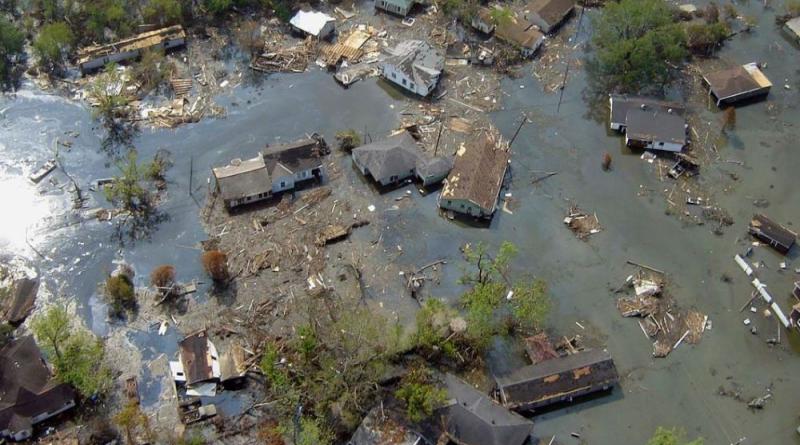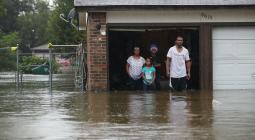Racial Justice and Climate Change: Exposure

The relationship between race and climate change is too often ignored.
Introduction
The relationship between race and climate change is too often ignored. The recent protests for racial justice and police reform call attention to the fact that racism is still deeply embedded in our institutions and public policies. In the United States, people of color are disproportionately affected by polluting industries and climate change. A long legacy of racist housing policy and weak environmental protections contribute to this disproportionate exposure, coupled with systemic issues related to public health, education and wealth.
As part of our commitment to help raise awareness of the nexus between racial equity and climate change, this article will provide a brief overview of environmental injustice issues in the U.S., as well as highlight the disproportionate impacts of climate change on Black communities and people of color.
Disclaimer: We are aware that the history of environmental justice in the U.S. is deep and complex, and this short piece cannot do justice to the complex web of issues and suffering imposed on minorities. We hope this blog post provides an entry point for identifying organizations and researchers with greater expertise and a long history of commitment to environmental justice.
Housing Discrimination and Environmental Injustice
The disenfranchisement of Black communities and other people of color in the United States includes discrimination in terms of access to education, public transportation, recreation, employment, healthcare and housing. Environmental racism is just one manifestation of this oppression and is particularly evident in housing and development.
Black communities and other people of color have been relegated to neighborhoods that have greater exposure to environmental pollution and toxicity than primarily white neighborhoods. Housing and lending policies have historically limited options for Black communities and people of color and concentrated these communities in locations with higher exposure to environmental hazards. In the 1930s, federal housing policy actively and intentionally contributed to segregation, subsidizing development for middle to low-income white households and prohibiting people of color from purchasing those homes. Relegated to live only in certain areas, entire minority communities were then “redlined,” labeling home buyers’ mortgages as too risky to insure. “Threat of infiltration of negro[s]” and “Infiltration of: Negroes” were often listed as reasons for giving a community a low grade, and for deeming the community as “hazardous.”
In America, where homeownership is the single most important source of equity- and wealth-building, Black households have historically been shut out of higher-value neighborhoods and have been systematically prevented from benefiting from the upward mobility and financial resources that accompany homeownership. Factors like redlining, disenfranchisement and the operation of toxic facilities in Black neighborhoods means that homes in majority Black neighborhoods are valued at half the price of homes with non-Black residents. Lack of opportunity to build equity through home ownership is a key reason that African American wealth equals just 5% of white wealth in the U.S.
Furthermore, as of 2019 over 30 million Americans live in areas where water infrastructure has violated safety standards. For example, in rural and primarily Black Lowndes County, Alabama, only around 20% of the population has a sewer system—the others have pipes deploying raw sewage into their yards. Navajo Nation residents rely on water contaminated by uranium mining, and infections and cancer are rampant in these communities. Lack of access to safe water leads some residents to drive for hours to obtain safe water, which in turn hampers education and work efforts, further perpetuating inequities. There is a nationwide trend in lack of enforcement and regulation around safety standards for drinking water, and often low-income, Black, Indigenous and other people of color who lack political clout endure the most severe impacts. In 2017 the American Society of Civil Engineers rated the U.S. drinking-water infrastructure as a D, estimating a need for $1 trillion investment in the next 25 years to prevent further erosion of pipes.
After decades of discriminatory housing policies and inequitable development, Black communities are still disproportionately exposed to pollution and environmental toxins, leading to detrimental health impacts which are often compounded by lack of access to suitable healthcare. This disproportionate exposure has been well-documented since the 1980s when a nationwide study by The United Church of Christ Commission on Racial Justice found that race was the strongest determinant of the location of commercial hazardous waste sites. Nationally, “African Americans are 75 percent more likely than Caucasians to live in fence-line communities—those next to commercial facilities whose noise, odor, traffic or emissions directly affect the population.”
To read the article in full, click here
1 October 2020
Climate Change




